New Zealand, a jewel tucked away in the southwest Pacific Ocean, is often synonymous with jaw-dropping natural beauty. But, have you ever wondered which hike stands tall amongst the myriad available? It’s none other than the Roy’s Peak trek. This hike offers an unparalleled blend of adrenaline, beauty, and spiritual rejuvenation.
Origin of Roy’s Peak
Roy’s Peak finds its home in Wanaka. Historically, Wanaka is a locale drenched in Maori culture, with tales as vast as its landscapes. While Roy’s Peak doesn’t carry a significant legend, its sheer beauty has made it legendary among trekkers.
The Journey Begins: Setting Off
Before you embark on this trek, it’s essential to understand its anatomy. Roy’s Peak, standing tall at 1,578 meters, isn’t a hike for the faint-hearted. Yet, with adequate preparation, even novices can embrace its charm.
Starting Point: Wanaka
Wanaka is more than just the start of your hike; it’s a gateway to various adventures. From serene lake views to adrenaline-pumping activities, this town provides the perfect warm-up for the trek ahead.
The Ascent: Challenges and Thrills
The trail to Roy’s Peak is straightforward, yet demanding. A steady incline escorts you, with zigzag paths cutting through the mountain’s face. The terrain? A mix of grasslands, dotted with the occasional rocky challenge.
At The Summit: A View to Die For
Reaching the pinnacle is akin to stepping into a painting. The panoramas offered here are not just beautiful; they’re transformative.
360-Degree Vistas
Turn any direction, and your eyes will meet a scene worth capturing. To the east lies the vast expanse of Lake Wanaka, glistening under the sun. Rotate west, and the sight of Mount Aspiring and its glacial friends greet you.
The Perfect Photo Point
Ah! How can we forget? That iconic spot where everyone gets that Instagram-worthy shot. It’s here, at the summit, where you can leap, sit, stand, or merely gaze, with the world sprawled beneath you.
Descending: A Different Perspective
While the climb up is about anticipation, the descent is about reflection. The same trails offer a different view, a fresh perspective. Every step downwards is a step back into reality, but with a heart full of memories.
Preparation and Pro-tips
Any seasoned trekker would vouch for the significance of preparation. For Roy’s Peak, here are some pearls of wisdom:
- Weather Watch: New Zealand’s weather can be quite unpredictable. Always check the forecast;
- Gear Up: From sturdy boots to water bottles, ensure you’re well-equipped;
- Safety First: Always inform someone about your trek and expected return.
Roy’s Peak vs. Other NZ Treks
| Aspect | Roy’s Peak | Other NZ Treks |
|---|---|---|
| Difficulty | Moderate to Challenging | Varies |
| Duration | 5-7 hours | 2-10 hours |
| Views | Lake Wanaka, Mount Aspiring | Varies, from forests to other lakes |
| Popularity | Highly popular | Some are secluded, others are popular |
Why Roy’s Peak Stands Out
Let’s face it; New Zealand isn’t short of breathtaking hikes. However, Roy’s Peak has a magnetic allure. Is it the challenging terrain? Or perhaps the promise of ethereal views? Whatever the reason, this hike has etched its mark on every traveler’s heart.

Roys Peak Difficulty: What to Expect
When evaluating the difficulty of any trek, several factors come into play, from the trail’s terrain to its elevation gain. For Roy’s Peak, here’s a breakdown:
- Trail Length: The hike covers approximately 16 kilometers round trip;
- Elevation Gain: Roy’s Peak boasts an elevation gain of nearly 1,200 meters from the trailhead to the summit;
- Terrain: The path is primarily a well-maintained track, but it has steep sections that can challenge even seasoned hikers.
Roy’s Peak Difficulty Metrics:
| Metric | Detail |
|---|---|
| Length | 16 kilometers (round trip) |
| Elevation | 1,578 meters above sea level |
| Gain | 1,200 meters from start to summit |
| Terrain | Mixed; primarily well-maintained track |
Tip: Always remember, difficulty is subjective. While some find the constant incline a test of endurance, others may see it as a moderate challenge. It’s essential to know your limits and prepare accordingly.
The Nitty-Gritties: Roys Peak Elevation Insights
The total elevation of Roy’s Peak is 1,578 meters above sea level. But why does elevation matter? Here’s why:
- Altitude Sickness: While Roy’s Peak isn’t high enough to pose significant risks of altitude sickness, it’s always good to be aware. Symptoms can include headaches, dizziness, and shortness of breath;
- Weather Variations: The weather at higher altitudes can differ significantly from the base. It often gets cooler as you ascend;
- Oxygen Levels: At higher elevations, the air is thinner, meaning there’s less oxygen. It’s essential to pace yourself and take regular breaks if needed.
By understanding the nuances of Roy’s Peak elevation, you can better equip yourself for the journey ahead.
Arriving at the Base: Roys Peak Car Park Details
Starting your hike on the right foot (literally) involves knowing where to park and how to navigate the initial stages. Here are essential details about Roy’s Peak car park:
- Location: The car park is conveniently located at the start of the trail. It’s well signposted, so you shouldn’t miss it;
- Capacity: During peak seasons, the car park can get quite crowded. It has limited spots, so it’s advisable to arrive early;
- Charges: There’s no fee to park your car, but it operates on a first-come-first-served basis;
- Nearby Amenities: Close to the car park, you’ll find basic amenities like restrooms and information boards detailing the hike.
Roy’s Peak Car Park Quick Facts:
| Feature | Information |
|---|---|
| Location | Start of the Roy’s Peak trail |
| Capacity | Limited; crowded during peak times |
| Charges | Free |
| Amenities | Restrooms, information boards |
Decoding the Duration: The Time Factor
Hiking, much like other journeys in life, is not just about the destination but also about the experiences along the way. Understanding the time it takes to conquer Roy’s Peak is crucial for both preparation and enjoyment.
The Expected Duration
On average, the Roys Peak hike time ranges from 5 to 7 hours for a round trip, depending largely on one’s fitness level and the number of stops made for rest or photography. The journey encompasses a series of experiences, each varying in intensity and appeal.
Factors Influencing Time
Several factors come into play when determining the time you’ll spend on the Roys Peak hike. The trail’s steady incline, for instance, can be demanding, pushing some to take frequent pauses to catch their breath or simply appreciate the enveloping beauty. Weather conditions, too, play a pivotal role. An unexpected drizzle or a gusty wind can either set a brisk, thrilling pace or perhaps offer a moment of pause and reflection.
A Deep Dive into the Roy’s Peak Hike Experience
There’s a magic in the air when one embarks on the Roy’s Peak hike. It’s not just a trail but a tapestry of breathtaking vistas, challenging terrains, and moments of sheer awe.
The Trail’s Tapestry
As you set foot on the trail, the early stages greet you with a mosaic of grasslands, a gentle reminder of New Zealand’s pristine beauty. As the ascent begins, the path offers a mix of terrains, each segment telling its own tale. Some stretches are raw, rugged, and untamed, echoing the wild spirit of nature. Others, more serene, allow hikers to find a rhythm, almost like a dance with nature.
Moments of Awe
No words can truly capture the emotion when one reaches the Roys Peak lookout. It’s a confluence of achievement, wonder, and realization. The vast expanse of the world lies beneath, and as the wind whispers tales of old, one can’t help but feel a part of something much larger than themselves.

The Pinnacle of Beauty: The Lookout
While the entire journey offers slices of beauty, there’s a unanimous agreement among hikers that the Roys Peak lookout is the crescendo of the experience.
The Panoramic Splendor
Standing at the lookout, the world unveils itself in a 360-degree spectacle. The landscapes, each piece narrating its own story, converge to offer a symphony for the senses. From the shimmering waters of Lake Wanaka to the stoic stance of Mount Aspiring, the lookout is nature’s gallery, each frame alive and pulsating with tales of time.
A Moment of Reflection
Beyond the visual treat, the Roys Peak lookout serves as a moment of introspection for many. Amidst the vastness, one finds a quiet corner within themselves, making the lookout not just a point in the trail but a milestone in the journey of self.
Packing Essentials for Roy’s Peak
Any seasoned hiker will vouch for the importance of packing right. The gear you carry can make or break your experience, especially on trails as demanding and rewarding as Roy’s Peak.
Essential Gear List:
- Sturdy hiking boots with good ankle support;
- Lightweight, moisture-wicking clothing;
- A robust backpack with multiple compartments;
- Refillable water bottle (at least 2 liters capacity);
- Snacks such as energy bars, nuts, and trail mix;
- Sunscreen, sunglasses, and a wide-brimmed hat;
- Lightweight rain jacket or windbreaker;
- First-aid kit with essential medicines and bandages;
- Portable charger and camera;
- Map of the trail and a compass.
Table of Importance:
| Item | Reason |
|---|---|
| Sturdy hiking boots | Protects feet and offers grip on varied terrains |
| Refillable water bottle | Keeps you hydrated throughout the journey |
| Lightweight rain jacket | Prepares you for unpredictable weather shifts |
| First-aid kit | Essential for minor injuries or health discomforts |
Remember, it’s always better to be over-prepared than under, especially in remote hiking locations.
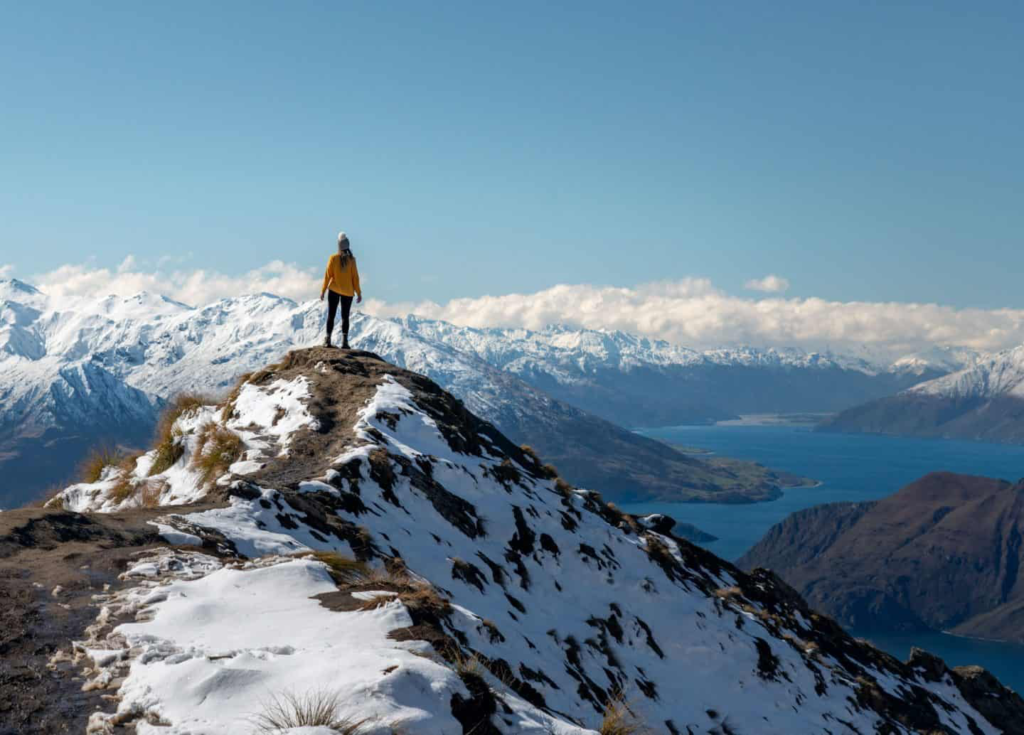
Best Seasons to Embark on the Journey
Every season paints Roy’s Peak in a different hue, each offering a unique experience. Understanding the seasons will help you pick the best time for your adventure.
Spring (September – November): The bloom of wildflowers drapes the trail in a vibrant blanket. Mild temperatures and fewer crowds make it an ideal time for those seeking serenity.
Summer (December – February): Warm days with longer daylight hours give hikers ample time to enjoy the trail. However, it’s also the peak tourist season, so expect some company.
Autumn (March – May): A cascade of autumnal colors transforms the landscape. The weather remains pleasant, with a slight chill in the air.
Winter (June – August): Snow-capped peaks and cooler temperatures dominate. It’s crucial to be adequately prepared with the right gear.
Local Legends and Lore
New Zealand, with its rich tapestry of indigenous Maori culture, often carries legends that infuse the land with a sense of magic and mystery.
One such tale speaks of a great warrior who once scaled the heights of Roy’s Peak to save his beloved trapped by an ancient spirit. The lookout, as per this lore, is the spot where the warrior stood, challenging the heavens and earth, eventually earning the spirit’s respect and his beloved’s freedom.
Such tales add an extra layer of allure to the hike, making every step resonate with the echoes of yesteryears. It’s not just about the physical journey but also the stories that the wind carries, whispering them into the ears of those willing to listen.
Wildlife Wonders of Roy’s Peak
One of the unspoken joys of hiking in New Zealand is the opportunity to witness its diverse and unique wildlife. Roy’s Peak, in particular, offers nature enthusiasts a chance to encounter some of the country’s most cherished creatures.
Wildlife Checklist:
- Kea: The world’s only alpine parrot, known for its intelligence and playful nature;
- Tui: A native bird recognized by its unique song and iridescent blue-green plumage;
- New Zealand Falcon: A bird of prey that often soars high above the trails;
- Skinks and Geckos: These reptiles bask on sunlit rocks, adding a touch of intrigue to the hike.
Wildlife Sightings:
| Species | Habitat | Best Time for Viewing |
|---|---|---|
| Kea | Alpine regions, forest clearings | Early morning, late evening |
| Tui | Forest canopies, flitting between trees | Mid-day |
| New Zealand Falcon | Open landscapes, high above the ground | Early morning |
| Skinks and Geckos | Sunlit rocks, undergrowth | Mid-day |
While enjoying these wildlife wonders, it’s essential to remember the golden rule: observe from a distance and never disturb their natural habitats.
Sustainability and Leave No Trace Principles
Roy’s Peak is a treasure, and like all treasures, it requires care and respect. As the number of hikers and tourists increase, so does the importance of sustainable hiking practices.
Sustainable Hiking Tips:
- Stick to the marked trails to avoid trampling sensitive vegetation;
- Pack out everything you bring in, especially non-biodegradable waste;
- Avoid picking plants or disturbing wildlife;
- Use eco-friendly and biodegradable products;
- Respect other hikers and maintain a harmonious trail environment.
Leave No Trace Principles:
- Plan ahead and prepare;
- Travel and camp on durable surfaces;
- Dispose of waste properly;
- Leave what you find;
- Minimize campfire impact;
- Respect wildlife;
- Be considerate of other visitors.
Adhering to these principles ensures that Roy’s Peak remains pristine for future generations to enjoy.
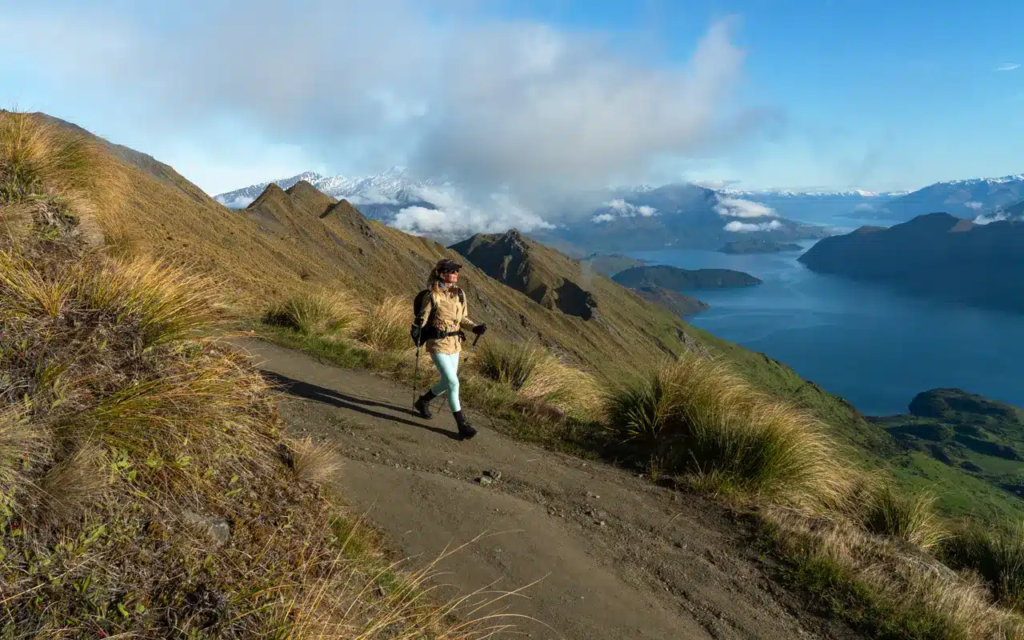
The Culinary Delights Nearby
After a grueling hike, what could be more rewarding than treating yourself to some local delicacies? The region around Roy’s Peak boasts eateries that offer mouthwatering dishes, promising a culinary climax to your adventure.
Top Eateries and Their Specialties:
| Eatery | Specialty |
|---|---|
| Wanaka Pie Shop | Traditional New Zealand pies with a twist |
| Alpine Cafe | Freshly brewed local coffee and hearty breakfasts |
| Lakeview Bistro | Gourmet dishes with a panoramic view of Lake Wanaka |
Whether you’re craving a quick snack or a sumptuous meal, the region promises to tantalize your taste buds, making your Roy’s Peak journey a feast not just for the eyes but also for the palate.
The Psychological Rewards of the Hike
The Natural Therapist
Amid the daily grind and the relentless pace of modern life, the Roy’s Peak hike emerges as a salve for the weary soul. The act of hiking, especially through terrains as dynamic and breathtaking as this, serves as an effective counterbalance to urban stress. Nature, in its unscripted glory, offers therapy that no clinic can replicate. Every rustle of the leaves, every bird’s call, and the ever-changing palette of the sky — they all contribute to the mental rejuvenation that many hikers report.
Achievement Beyond the Physical
Reaching the peak, while undoubtedly a physical triumph, is also a psychological milestone. For many, it’s a tangible testament to their determination, resilience, and willpower. The hike becomes not just about the elevation gained in meters, but the elevation of one’s spirits and confidence.
Safety Precautions and Preparedness
Understanding the Terrain
It’s essential to recognize that while Roy’s Peak is undeniably beautiful, it also poses challenges. The trail’s ever-changing nature requires hikers to be alert. Parts of the path can be slippery, especially after a spell of rain, and some stretches, particularly near the peak, can be wind-laden.
Emergency Protocols
While it’s always hoped that every hike goes off without a hitch, it’s wise to be prepared for the unexpected. Always inform someone about your hiking plans and expected return time. Carrying a whistle and a flashlight, even during daytime hikes, is advisable. In case of any injury or discomfort, it’s crucial to listen to your body and not push beyond safe limits.

Local Customs and Etiquettes
Respecting the Tangata Whenua
The indigenous Maori people, known as the Tangata Whenua or “people of the land,” have a deep spiritual connection to New Zealand’s landscapes, including the Roy’s Peak area. Respecting their customs and beliefs enriches the hiking experience and fosters a sense of mutual respect.
Trail Etiquettes
While the trail is a space of freedom, certain unspoken rules enhance the experience for everyone. Yielding the path to those ascending, greeting fellow hikers with a smile, and keeping noise levels in check are simple gestures that uphold the sanctity of the trail. Remember, in the grand theater of nature, every hiker is both an audience and a performer.
Capturing the Moment: Photography Tips
The Golden Hours
Roy’s Peak, with its picturesque landscapes, is a photographer’s paradise. One of the best times to capture the mountain’s grandeur is during the golden hours: shortly after sunrise and just before sunset. The soft, diffused light during these times adds a magical hue to the scenery, allowing for photos that exude warmth and depth.
Playing with Perspectives
While the panoramic shots from the summit are a must, there’s also merit in capturing the microcosms of Roy’s Peak. Close-ups of dew-kissed flora, the intricate patterns on rocks, or the fleeting moments of wildlife can offer a fresh perspective on the well-trodden trail.
Accommodation Options Nearby
Lakeside Retreats
For those looking to extend their stay in the area, numerous lakeside retreats offer stunning views of Lake Wanaka. From luxury lodges to cozy bed and breakfasts, there’s something to cater to every preference and budget. Waking up to the serene vistas of the lake, with the silhouette of Roy’s Peak in the distance, is an experience in itself.
Backpacker Hostels
For the solo traveler or those on a budget, the region boasts several backpacker hostels. These establishments, often buzzing with fellow travelers’ stories, are not just places to rest but also hubs of shared experiences and camaraderie.

Post-Hike Relaxation Spots
Local Spas and Wellness Centers
After a strenuous hike, what better way to pamper oneself than a visit to a local spa? The region around Roy’s Peak offers various wellness centers that specialize in massages, therapies, and treatments designed to soothe tired muscles and rejuvenate the spirit.
Cafes with a View
For those who find solace in a warm brew, several cafes offer panoramic views of the landscape. Sitting with a cup of locally sourced coffee or tea, reflecting on the journey, and soaking in the vistas is a gentle way to conclude the Roy’s Peak adventure.
Seasonal Variations at Roy’s Peak
Hiking Roy’s Peak can be a vastly different experience depending on the season. New Zealand’s distinct climatic shifts bring about changes in the flora, fauna, and even the trail’s challenges.
Seasonal Guide to Roy’s Peak:
| Season | Features | Challenges |
|---|---|---|
| Summer | Warm temperatures, blooming flowers, longer daylight hours | Crowded trails, dehydration risks |
| Autumn | Foliage turns golden and red, cooler temperatures | Slippery trails due to fallen leaves |
| Winter | Snow-capped peaks, serene landscapes | Snow and ice on trails, shorter daylight |
| Spring | New blossoms, greener meadows, streams filled from snowmelt | Wet trails, snow at higher elevations |
Each season brings its own charm. However, hikers should be prepared and equipped according to the season they choose for their ascent.
Cultural Festivals in the Vicinity
Roy’s Peak isn’t just about the hike; it’s also about immersing oneself in the local culture. The nearby towns often host festivals that celebrate New Zealand’s rich heritage.
List of Popular Festivals:
- Wanaka Food and Wine Fest: A celebration of local produce, wines, and culinary delights;
- Lake Arts Festival: Showcasing indigenous art forms, crafts, and performances;
- Mountain Echoes: A musical fest with tunes echoing against the backdrop of majestic peaks.
By timing your hike around these festivals, you can enrich your travel experience manifold.
Understanding the Flora and Fauna
New Zealand’s isolated position has led to the evolution of a unique ecosystem. Roy’s Peak is a microcosm of this rich biodiversity.
Distinct Plants and Animals:
| Name | Type | Description |
|---|---|---|
| Silver Fern | Plant | New Zealand’s national symbol, recognized by its silver-white underbelly |
| Kiwi | Bird | A flightless bird native to New Zealand, known for its keen sense of smell |
| Totara Tree | Plant | A towering native tree, with thick bark and needle-like leaves |
| New Zealand Fur Seal | Mammal | Often spotted around coastal areas, known for its dense fur and playful nature |
Sustainable Hiking at Roy’s Peak
Leave No Trace Principles
As global travel becomes more accessible, popular destinations like Roy’s Peak can become vulnerable to the negative impacts of over-tourism. One of the most effective ways to mitigate these impacts is by adhering to the “Leave No Trace” principles. This means packing out all waste, respecting established trails, and avoiding picking plants or disturbing wildlife. It’s not just about leaving no physical trace, but also preserving the ambiance and serenity that make Roy’s Peak special.
Supporting Local Communities
Another aspect of sustainable travel involves supporting the communities that call the Roy’s Peak region home. Instead of opting for international franchises, consider dining at local eateries, shopping from artisanal stores, or hiring local guides. These decisions infuse money directly into the community, fostering a more equitable form of tourism.

Beyond Roy’s Peak: Nearby Attractions
Lake Wanaka
Just at the foot of Roy’s Peak lies the mesmerizing Lake Wanaka. Apart from its scenic beauty, the lake offers various water-based activities. From gentle kayaking trips to adrenaline-pumping jet boat rides, there’s something for every thrill level.
Mount Aspiring National Park
A stone’s throw from Roy’s Peak is the Mount Aspiring National Park, a vast expanse of pristine wilderness. This UNESCO World Heritage site is a haven for trekkers, nature lovers, and anyone looking to lose themselves in the great outdoors. The park’s diverse landscapes, ranging from snowy peaks to dense rainforests, make every exploration unique.
Conclusion
Hiking Roy’s Peak isn’t just about conquering a trail; it’s about embarking on a journey of discovery. Whether it’s the surrounding beauty, the thrill of the climb, or the sheer joy of achieving a feat, this trek offers an experience that lingers long after the journey ends.
FAQs
With the right preparation, yes! However, it’s always recommended to train a bit before attempting.
Spring and early summer are ideal, offering clear skies and manageable temperatures.
There are no shops or restrooms. Ensure you carry essentials like water and snacks.
No, overnight stays or camping aren’t permitted.
Wanaka is accessible by road from various parts of New Zealand, and there are also regional airports nearby.


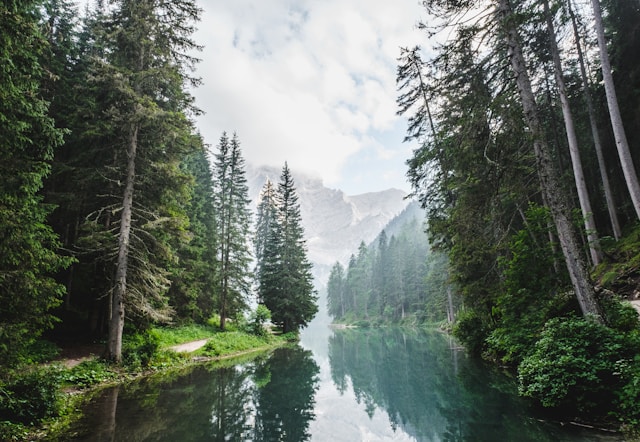
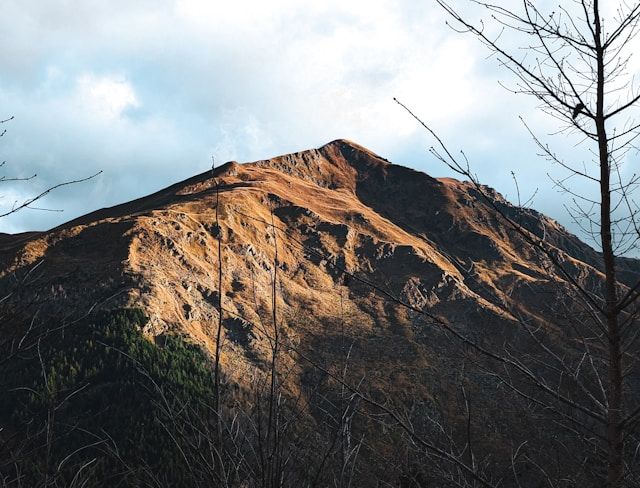
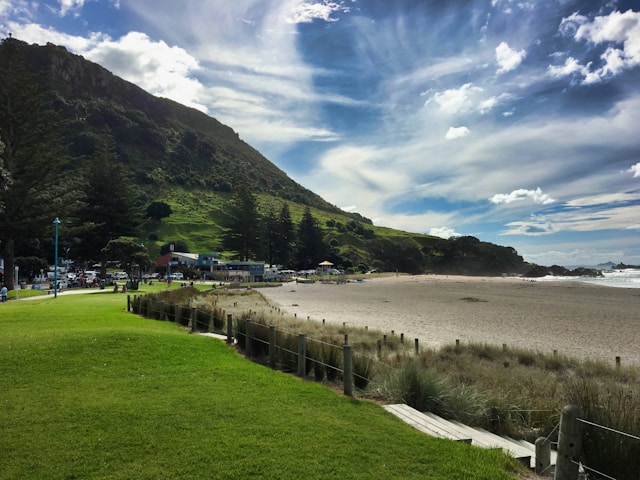
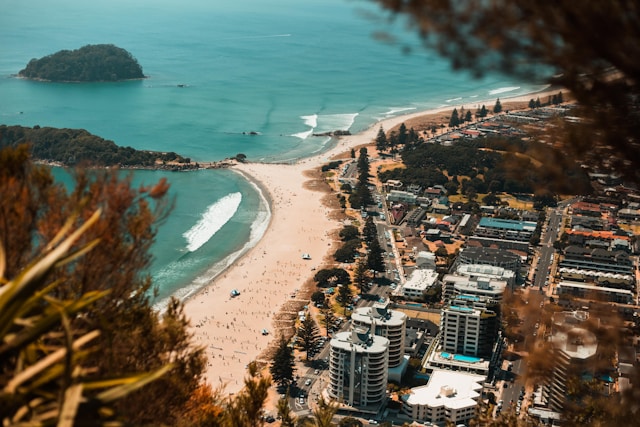
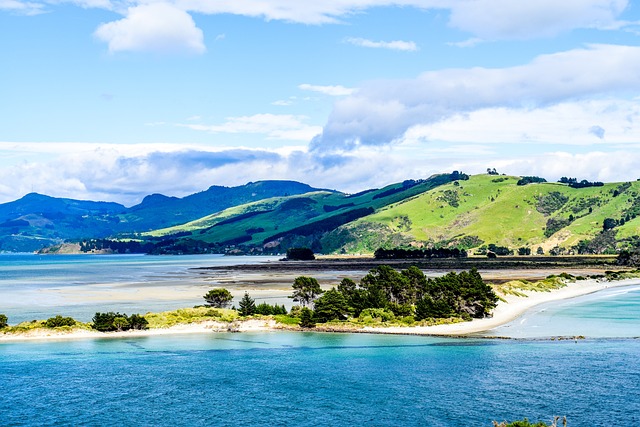
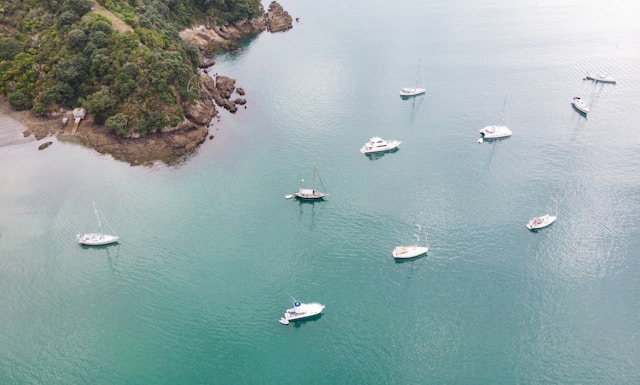


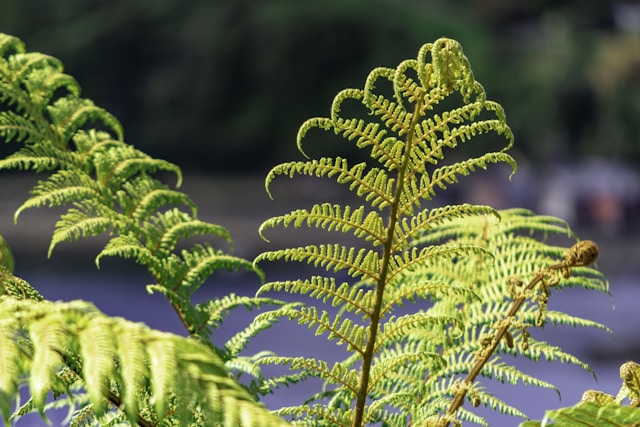
+ There are no comments
Add yours